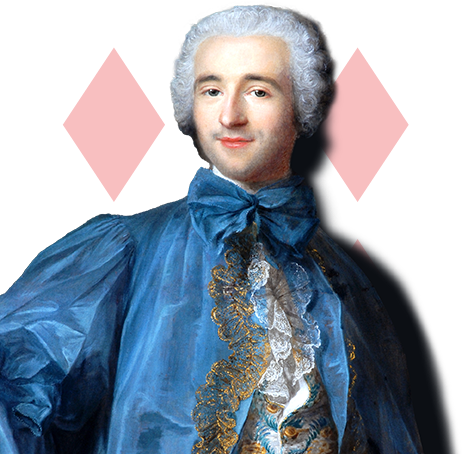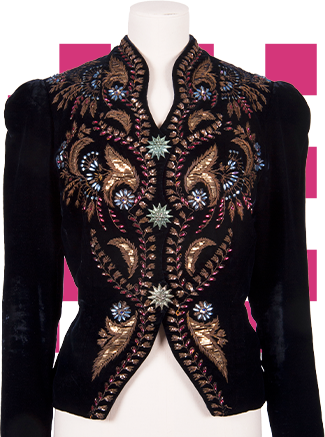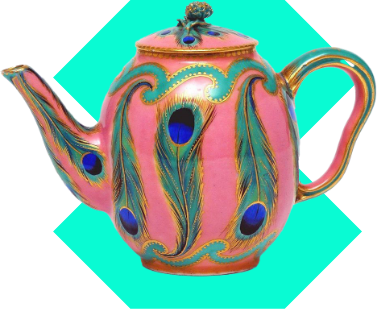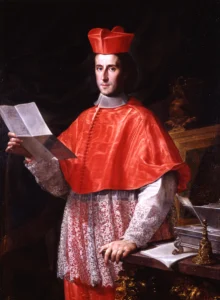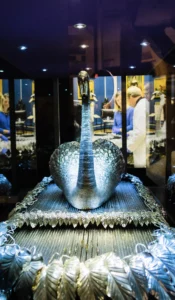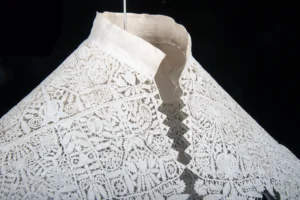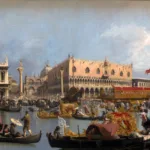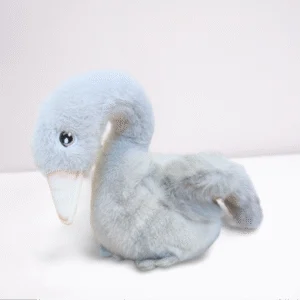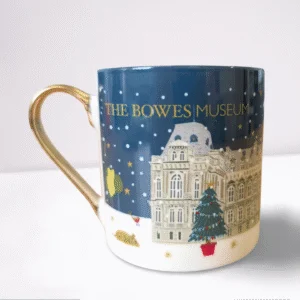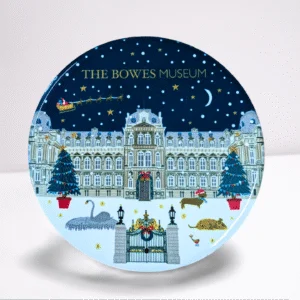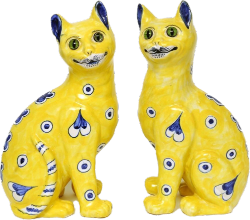Collection

The museum cares for over 58,000 objects in its galleries and stores. In the museum and parkland, you’ll find historical items by world renowned artists, designers, makers and manufacturers, and interjections of contemporary art by established and upcoming artists in curated and co-produced displays.
Please contact us at hello@thebowesmuseum.org.uk in advance if visiting the museum for a specific object from the collection in case of any changes.
FEATURED
HIGHLIGHTS
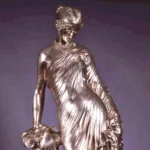
Sappho, Ancient Greek writer of lyric poetry, 1848
This stylishly elegant silver statue by James Pradier presents the poetess as a brooding lover.
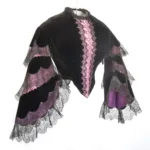
EMPRESS EUGÉNIE’S BODICE
French purple velvet silk and lace bodice worn by Napoleon III's wife in the 1860s.
AD LIB AVAILABLE ON REQUEST
Simply fill in a request form to receive a link to our searchable archive.
ENQUIRE HERE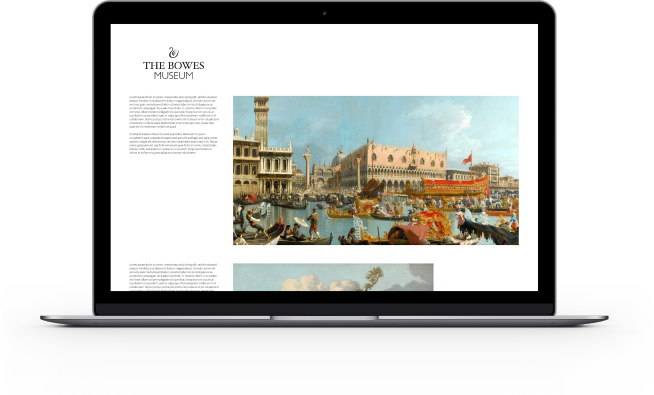
Explore our collection on Art UK, the online showcase for art in every UK public collection, making art accessible to all.
1,769 of our artworks are on Art UK.
LOOK HERE
